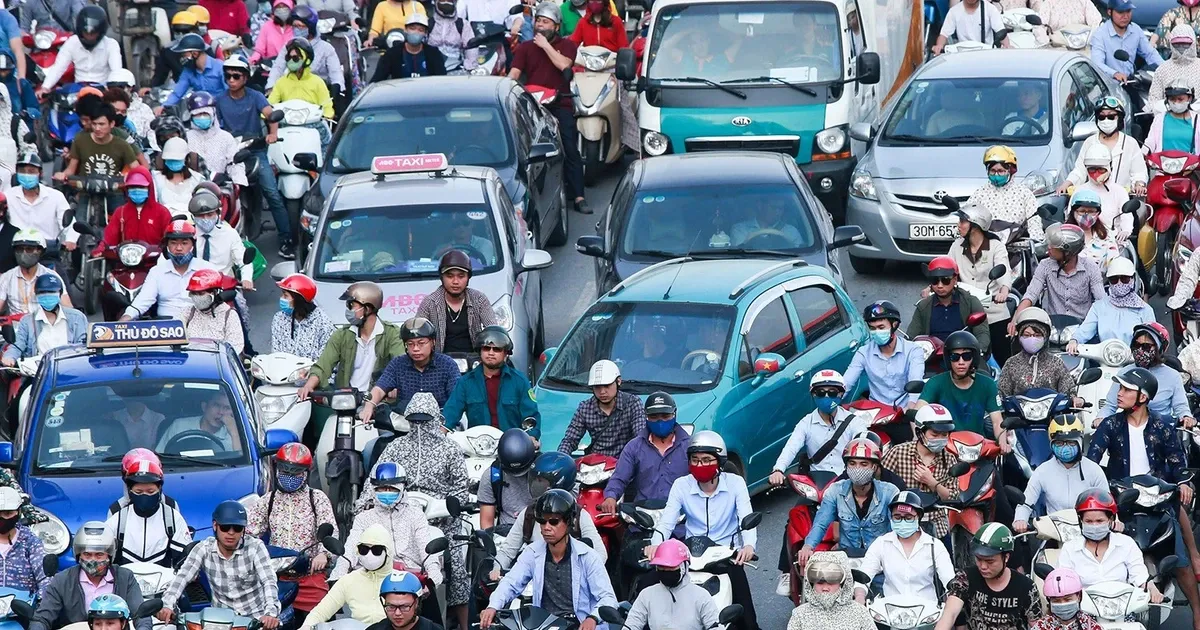
According to the Resolution, in low-emission zones, gasoline-powered motorbikes and scooters will be banned from circulation depending on time frames or areas; vehicles operating on application platforms will also not be allowed to operate.
On the afternoon of November 26, with 100% of delegates present in agreement, the Hanoi People's Council passed the Resolution on low-emission zones according to the Capital Law 2024. This is an area identified to limit vehicles that pollute the environment, giving priority to vehicles using clean energy.
According to the Resolution, in low-emission zones, gasoline-powered motorbikes and scooters will be banned from circulating depending on time frames or areas; vehicles operating on application platforms will also not be allowed to operate. For cars that do not meet level 4 emission standards, the city will restrict and eventually ban them from entering these areas according to specific times or routes.
The city has issued a roadmap for green conversion for commercial vehicles using fossil fuels. Motorcycles must complete the conversion before 2030, and taxis from July 1, 2026 can only be newly invested or replaced with electric or green energy vehicles. From January 1, 2035, the City People's Committee will decide the scope and time of restricting the circulation of road vehicles depending on actual conditions.
In addition to banning gasoline-powered motorbikes, the low-emission zone also applies many additional measures such as not investing in or registering new fossil-fuel vehicles when scrapping old vehicles, especially for vehicles owned by organizations; and banning gasoline-powered trucks over 3.5 tons from entering the area.
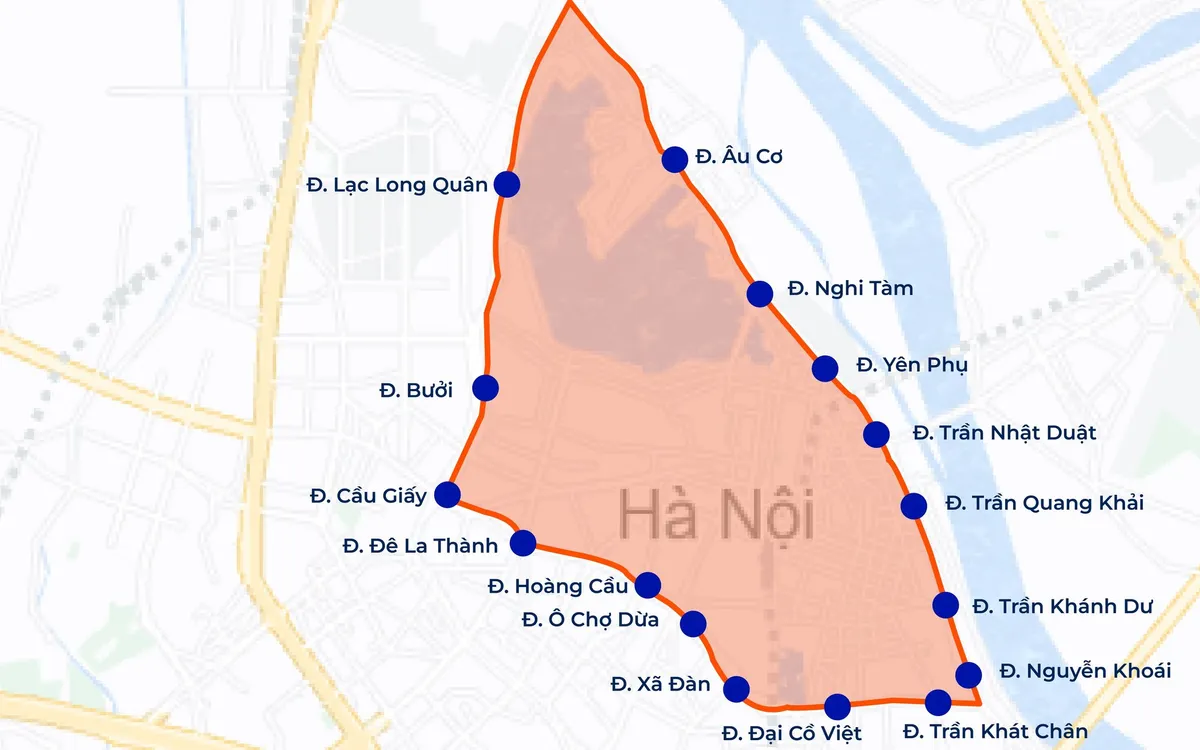
Ring Road 1 area of Hanoi city.
According to the roadmap, from July 1, 2026, Hanoi will pilot low-emission zones in some wards in Ring Road 1 such as Hai Ba Trung, Cua Nam, Hoan Kiem, O Cho Dua, Van Mieu - Quoc Tu Giam, Ba Dinh, Giang Vo, Ngoc Ha and Tay Ho. Two years later, from January 1, 2028, the scope will be expanded to the entire Ring Road 1 and part of Ring Road 2 including the wards of Lang, Dong Da, Kim Lien, Bach Mai and Vinh Tuy. From January 1, 2030, low-emission zones will be deployed in Ring Road 3 with a total of 36 wards and communes of the three rings.
The Department of Agriculture and Environment is assigned to develop a low-emission zone project within the area from Ring Road 3 onwards. Areas outside this area will have the People's Committee at the commune level develop a project and submit it to the City People's Council for consideration before implementation.
Previously, the Resolution on low-emission zones was passed in late 2024, expected to be piloted in Hoan Kiem and Ba Dinh districts (old) in the period of 2025-2030, but so far no area has been officially applied.
The city also drafted a resolution to support people in switching to green vehicles, but this content was removed from the agenda of this session of the People's Council.
According to the Hanoi People's Committee, the move to apply a time-based vehicle ban instead of a full-time ban is due to the process of consulting with departments and agencies, showing that it is necessary to extend the route to suit the infrastructure, social security conditions and travel habits of the people.
Hanoi has identified building low-emission zones as one of the important solutions to reduce air pollution - a problem the city has been facing for many years.
The 2016-2020 National Environmental Status Report shows that PM2.5 dust in Hanoi is nearly twice as high as the national standard, and PM10 dust is 1.3-1.6 times higher. Transportation is identified as the largest source of emissions, accounting for 58-74% depending on the time, of which motorbikes are the main contributor.
The city currently has more than 8 million vehicles (including 1.1 million cars, 6.9 million motorbikes) and about 1.2 million vehicles from other provinces and cities circulating every day. Hanoi also sets criteria for determining low-emission zones based on environmental protection priorities, traffic congestion and air quality monitoring data in the most recent year.
Source: https://vtv.vn/tu-1-7-2026-ha-noi-cam-xe-may-xang-tai-mot-so-khu-vuc-vanh-dai-1-theo-khung-gio-10025112619265562.htm


![[Photo] Prime Minister Pham Minh Chinh chairs the 15th meeting of the Central Emulation and Reward Council](/_next/image?url=https%3A%2F%2Fvphoto.vietnam.vn%2Fthumb%2F1200x675%2Fvietnam%2Fresource%2FIMAGE%2F2025%2F11%2F27%2F1764245150205_dsc-1922-jpg.webp&w=3840&q=75)



![[Photo] President Luong Cuong attends the 50th Anniversary of Laos National Day](/_next/image?url=https%3A%2F%2Fvphoto.vietnam.vn%2Fthumb%2F1200x675%2Fvietnam%2Fresource%2FIMAGE%2F2025%2F11%2F27%2F1764225638930_ndo_br_1-jpg.webp&w=3840&q=75)

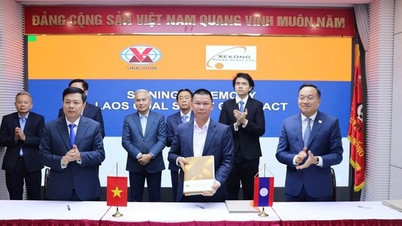


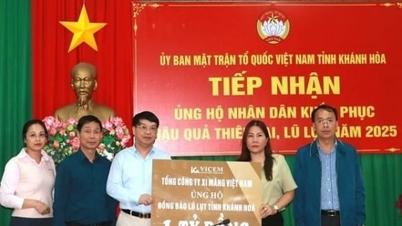








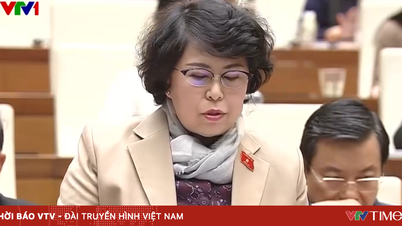

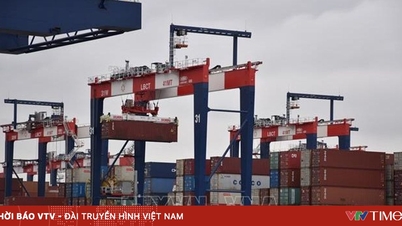









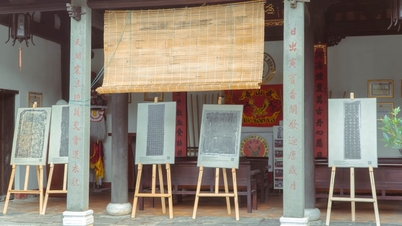
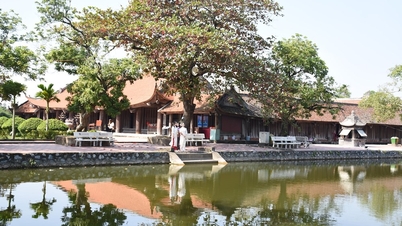








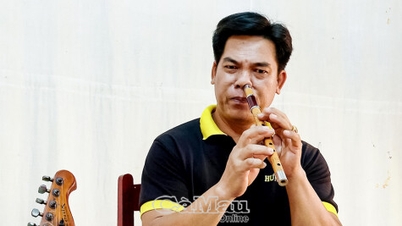






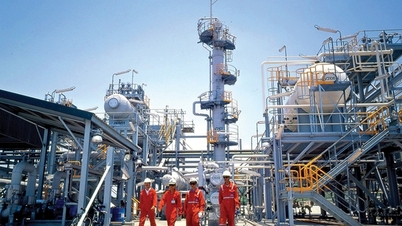















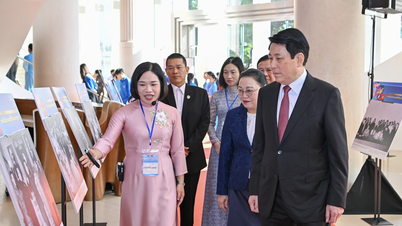

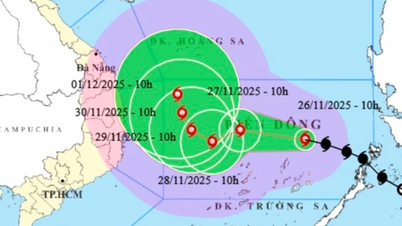


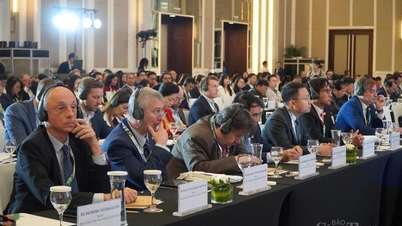
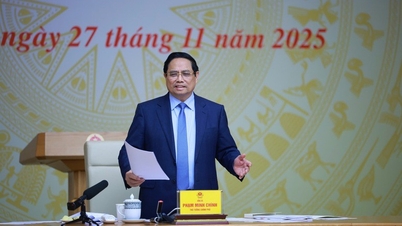






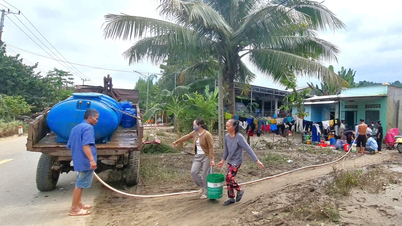






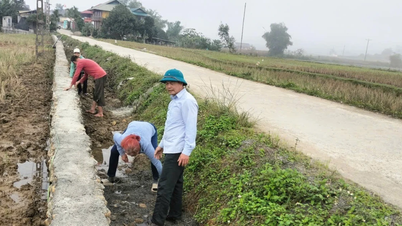











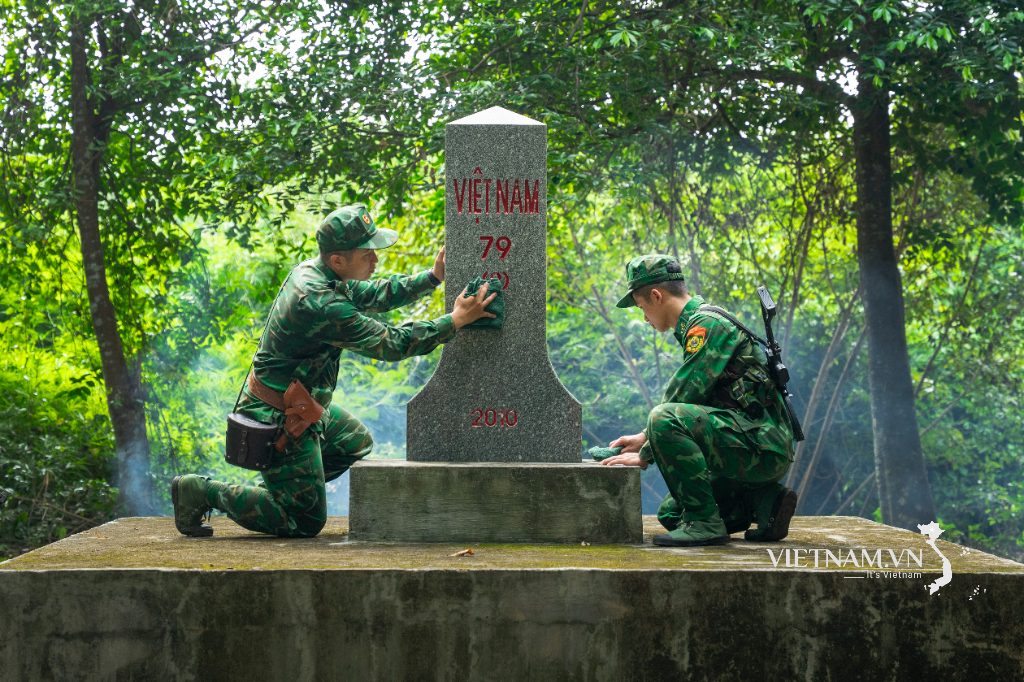
Comment (0)